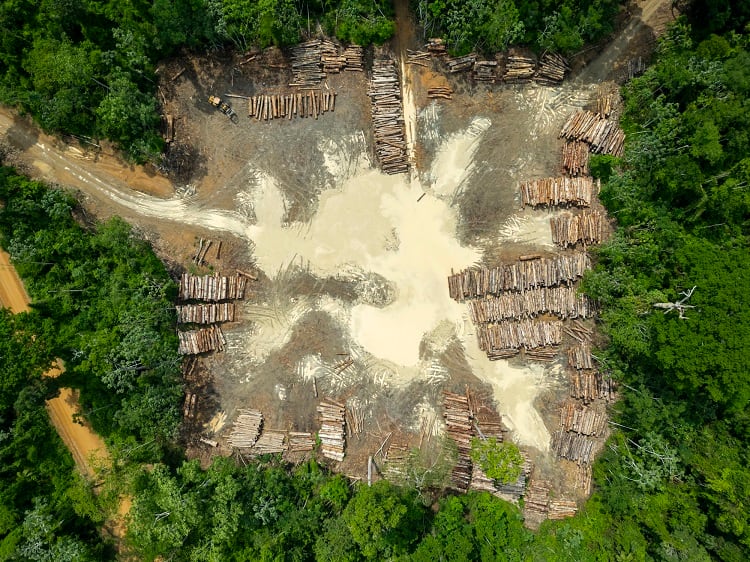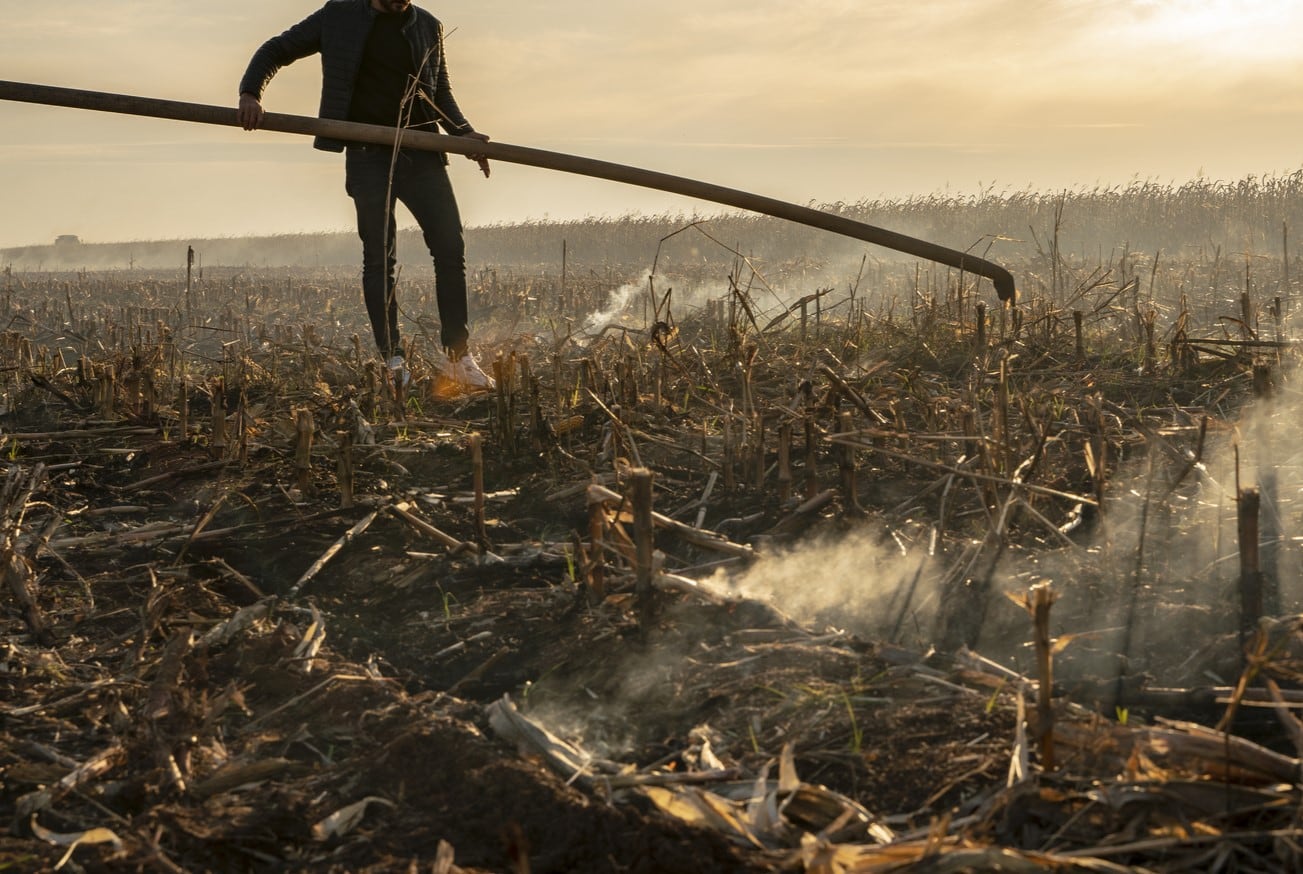The Value Adding to Brewery Spent Grain project, led by ChemCentre, will research BSG and how it can be turned into food ingredients, supplement ingredients, and biomaterials.
BSG is essentially grain, most commonly barley. Every 100L of beer produced creates approximately 20KG of BSG. This waste is either sent to be used as animal feed or disposed in a landfill.
The Australian brewing industry produces over 300,000 tonnes of spent grain from beer production annually.
“Each year, Australia’s brewing industry generates enough spent grain to cover Kings Park - that’s a nutrient-rich by-product that too often goes to landfill. Repurposing it into food, nutraceuticals and sustainable materials cuts this waste and unlocks new value. It’s a positive step, taking us closer to our goal of halving food waste by 2030,” said Tristan Butt, CEO of End Food Waste.
A rising challenge
According to End Food Waste Cooperative Research Centre, BSG waste has increased with the rise of smaller craft brewers in WA.
This has made the logistics of distribution and disposal of BSG more challenging than ever. This project would not only mitigate this issue but enhance the craft brewery industry.
“The Value Adding to Brewery Spent Grain project is an exciting initiative that extends beyond the paddock to pint experience, supporting the WA Craft Beer Strategy’s vision for industry prosperity, innovation and sustainability. This research will explore how WA craft beer, already an incredible example of a value-add product, could have further value-add potential for WA growers and brewers,” said Jackie Jarvis, Agriculture and Food Minister.
The A$1.24 million (U$806,000) project will be supported by the Western Australian Government with a A$660,000 (U$429,000) investment.
“Tapping into the potential of brewer’s spent grain for food and fibres opens up new commercial pathways for brewing, food and biomaterials sectors made here in WA. The Cook Government is proud to be supporting this project. WA is home to an outstanding community of scientists, researchers and innovators whose expertise is driving initiatives like this forward, said Science and Innovation Minister Stephen Dawson.
Project collaborators include Curtin University and the Department of Primary Industries and Regional Development.
Additionally, work will be also undertaken with industry partners including WA Brewers Association, Spinifex Brewing Co, Nanollose and Maalinup Aboriginal Gallery to drive the innovations to market.
Potential of BSG
While most BSG ends up in landfills, it is a protein-enriched, low sugar, high fibre by-product. It contains up to 70% of high-fibre content, including cellulose, hemicellulose, and lignin.
It has potential to be used in ready-to-eat foods, food ingredients, prebiotics, nutritional health supplements, and plant-based leather.
“I look forward to seeing the Made in WA products that emerge from this research and the subsequent value-add and business opportunities that will drive economic growth and jobs across the State,” said Jarvis.
To realise the full potential of the BSG, the three-year project will begin by studying and profiling the materials.
ChemCentre will produce a detailed chemical composition and nutritional profile of Australian BSG, identifying nutrient components, aromas, and flavours.
It plans to develop a chemical composition database for the brewers, manufacturers, and researchers.
With the help of Curtin University, it will utilise eco-friendly technologies such as reverse osmosis, pulsed light combined with ultrasound, and microwave-assisted extraction.



